Return to Earth from Space on Faulty Vehicle Could Be Fatal
Stranded NASA astronauts could be vaporized during a terrifying mission to return to Earth from the International Space Station in a faulty Boeing Starliner spacecraft, pessimists have predicted. Two American astronauts have been stranded on the International Space Station for months after a malfunctioning Boeing space capsule malfunctioned, but their return to their home planet could be even more terrifying.
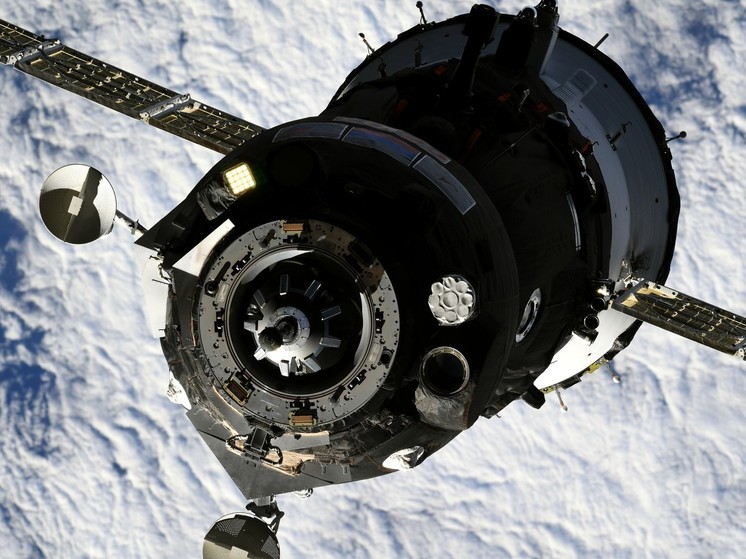 Photo: Roscosmos.
Photo: Roscosmos.
Sunita Williams and Butch Wilmore were only supposed to stay on the International Space Station for eight days when they blasted off aboard the Boeing Starliner on June 5, the Daily Mail reports. But a malfunction in the capsule's engines, which are critical to propelling the craft through space, means the poor souls are stuck on the ISS for more than two months, with NASA predicting they may not return until February next year.
The US space agency is now deciding whether to continue working with the malfunctioning Starliner or launch a rescue operation using a rival SpaceX ship, which would put Boeing in an extremely awkward position.
Rudy Ridolfi, former commander of the US military space system, explained three frightening scenarios that could play out if the first option is chosen, including a worst-case scenario in which the crew burns inside the capsule upon return.
The problems with Starliner, the Daily Mail notes, lie in the service module, which is like the control center of the entire ship and contains systems that manage the engines, power, and water and oxygen for passengers.
The module, located at the bottom of the capsule, is also crucial for leveling the ship during reentry before it is jettisoned prior to atmospheric entry.
The service module must set the capsule at an inclined altitude so that it can return to Earth. If the inclination is off, the craft will hit the atmosphere, and NASA will try to find it in orbit.
If the inclination is too high, there is more friction, increasing the chance that it will burn up in the atmosphere, and its passengers will be vaporized.
Too shallow, and the spacecraft could bounce off the atmosphere and be catapulted back into space like a stone thrown across a pond, the Daily Mail reports.
“As long as the capsule is properly aligned for reentry, everything is fine,” says Rudy Ridolfi. “If the capsule is not aligned, it will either burn up or fly back into space. If the Starliner service module puts the capsule in too steep a reentry window, the capsule’s ablative heat shield will likely fail.”
Five engines failed during the 24-hour flight that took two astronauts to the ISS in June, the Daily Mail reports. One of the main concerns is that more engines could fail on the way back, leaving the crew stranded somewhere between the ISS and Earth.
Based on the amount of oxygen and power available on the Starliner, the crew would have about 96 hours to fire up the engines and land back on Earth. They would then have to identify which engines failed, in the hope of sealing them and preserving enough power to spend a few hours getting home.
According to Ridolfi, it is entirely possible that the craft will still reach Earth even in this scenario if the engines and helium leaks continue, but then the service module should work perfectly.
In the worst case, NASA may be forced to send a rescue ship to the Starliner to pick up the astronauts.
A similar docking in space, while possible, has only been done once in human history and that was to rescue an unmanned craft, the Daily Mail claims. In 1966, Gemini VIII launched with astronauts Neil Armstrong and David Scott to perform the first docking with an Agena target craft.
‘NASA knows how to do it, but it takes time,’ Ridolfi said. ‘If the Starliner goes out of the atmosphere, they’ll have to detect it. You can get a general idea of where it is, but you’ll have to start with radar and optical observations and calculate the orbit it’s in now. So it’s probably going to take about 180 minutes, say three hours.’
The mission could be accomplished by attaching a tunnel-like structure to the Starliner's hatch that would snap onto it, allowing it to be opened without harming the astronauts.
However, Ridolfi said that once Starliner is found, NASA will have to train another crew of astronauts to carry out the in-space docking mission.
While various scenarios are possible, Ridolfi said he believes NASA will select SpaceX to carry out the rescue mission. A Crew Dragon capsule carrying two astronauts is likely to launch in September, allowing Williams and Willmore to occupy two seats. However, that means two Russian cosmonauts will be on board, the Daily Mail notes.
NASA has maintained for months that the Starliner capsule is safe and that the astronauts are not stranded, a claim echoed by several media outlets. But the US space agency has finally changed its tune, admitting that Boeing's faulty craft may not survive re-entry. The announcement is another huge blow to Boeing, which is already facing a number of problems with its passenger jets.
Problems with Boeing's commercial jets, including turbulence, mechanical problems and tail strikes, have already cost the company at least $3 billion, the Daily Mail notes.
NASA has also awarded Boeing a $4.2 billion contract to build the Starliner capsule as a «taxi» for astronauts to the ISS.
A meeting held recently by NASA's Commercial Crew Program, which oversees Starliner, ended with some officials disagreeing with a plan to accept Boeing's test data and use Starliner to bring astronauts home.
«We didn't conduct the survey in a way that would allow us to come to a conclusion,» said Commercial Crew Program Manager Steve Stich.
«We heard from a lot of people that they had concerns and the decision was unclear,» added Ken Bowersox, NASA's chief of space operations.
Last week, the Daily Mail notes, marked 60 days that the Starliner crew has been in space, well beyond the planned eight-day mission.
NASA and Boeing have been working tirelessly to troubleshoot on the ground to determine the safety of Starliner, which has suffered at least five helium leaks and five of its 28 engines have failed.
Boeing recently said it «remains confident in the Starliner spacecraft and its ability to return safely with its crew.»
Boeing tests to date have shown that four Starliner jet engines failed in June -for overheating and automatic shutdown, while other engines restarted during testing were found to be weaker than usual due to some restriction in fuel consumption.
Ground tests conducted in late July at the White Sands Missile Range in New Mexico showed that overheating of the engines was causing the Teflon seal to deform, causing the engines' fuel tubes to clog and thus reduce their thrust.
«That, I would say, increased the level of discomfort and the lack of a full understanding of the physics of what was going on,» Stich says, explaining why NASA now seems more willing to discuss contingencies with Crew Dragon after previously downplaying the prospect to reporters.
As the Daily Mail recalls, Starliner lifted off on June 5 at 10:52 a.m. ET from Cape Canaveral Space Force Station in Florida with a leak that required cleanup in May. Teams found a helium leak from a valve and ended the mission. Engineers suspected the problem was caused by a defective rubber seal about the size of a shirt button and said that even if the leak got worse, it could be fixed in flight — and set the next launch for June 1.
But Starliner suffered another setback when the capsule was automatically shut down minutes before liftoff by a computer abort system.
Starliner suffered five failures of its 28 maneuvering thrusters, five leaks of the helium gas used to pressurize those thrusters, and a slow-running fuel valve that signaled past problems since launch.
When Starliner arrived at its docking area with the International Space Station on June 6, the five thruster failures prevented the spacecraft from getting close to the station until Boeing fixed the problems.
Over the past few weeks, Boeing has conducted thruster tests on the ground and in space to understand why five thrusters failed before Starliner arrived at the space station. All but one have returned to working order. A helium leak in the capsule's propulsion system was also discovered.



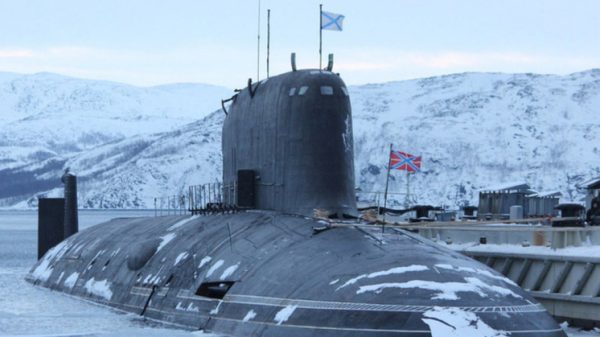

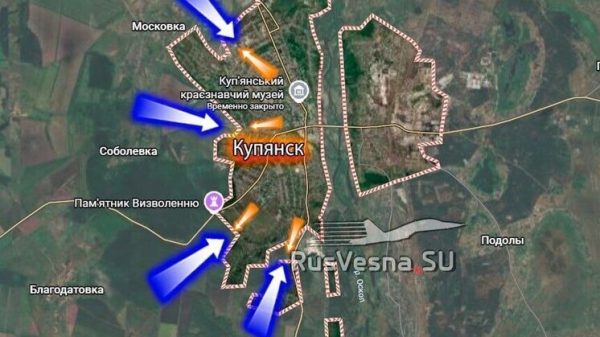

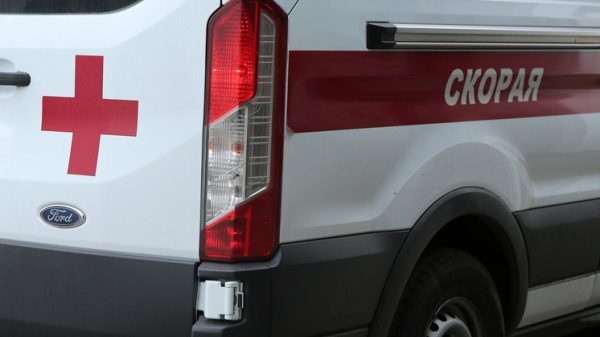
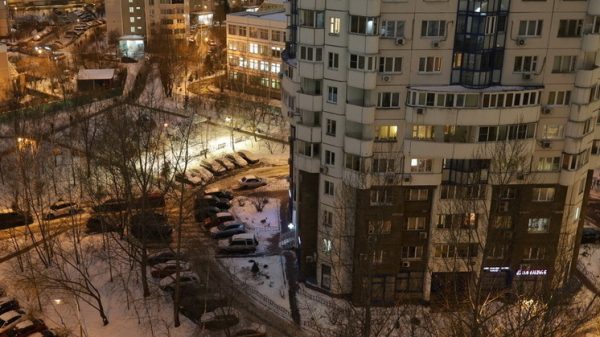
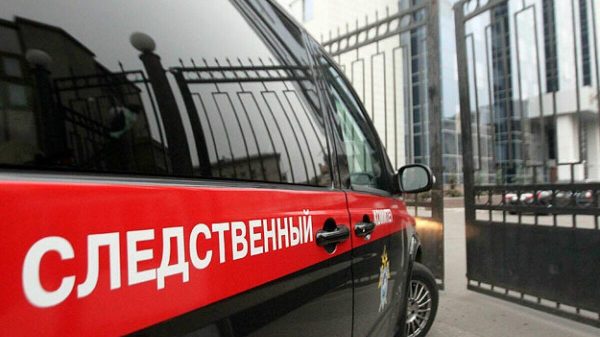
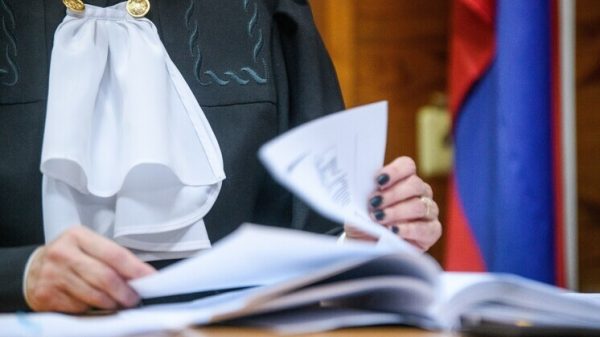



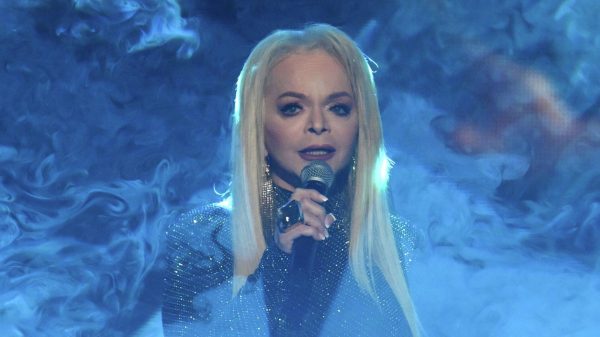

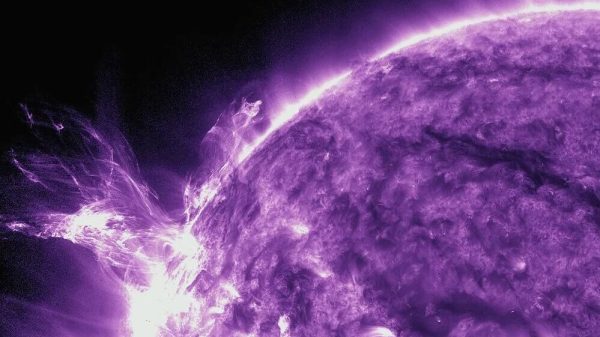

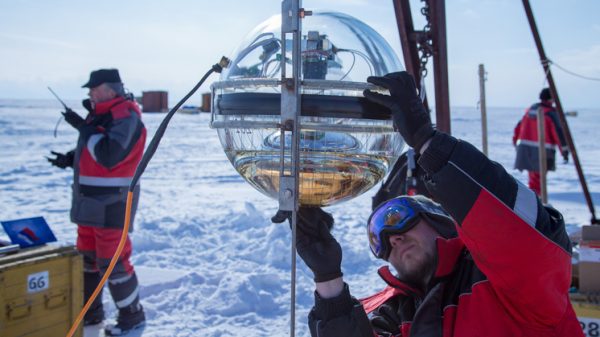
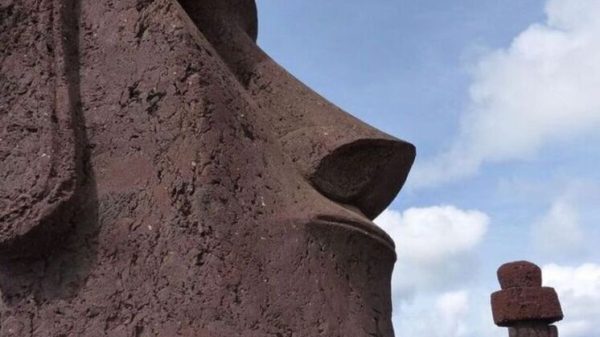






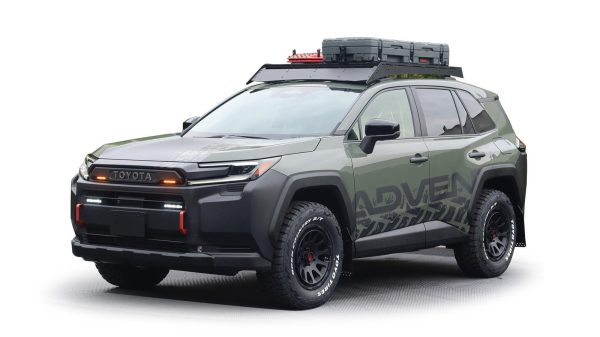










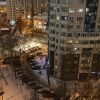
















Свежие комментарии